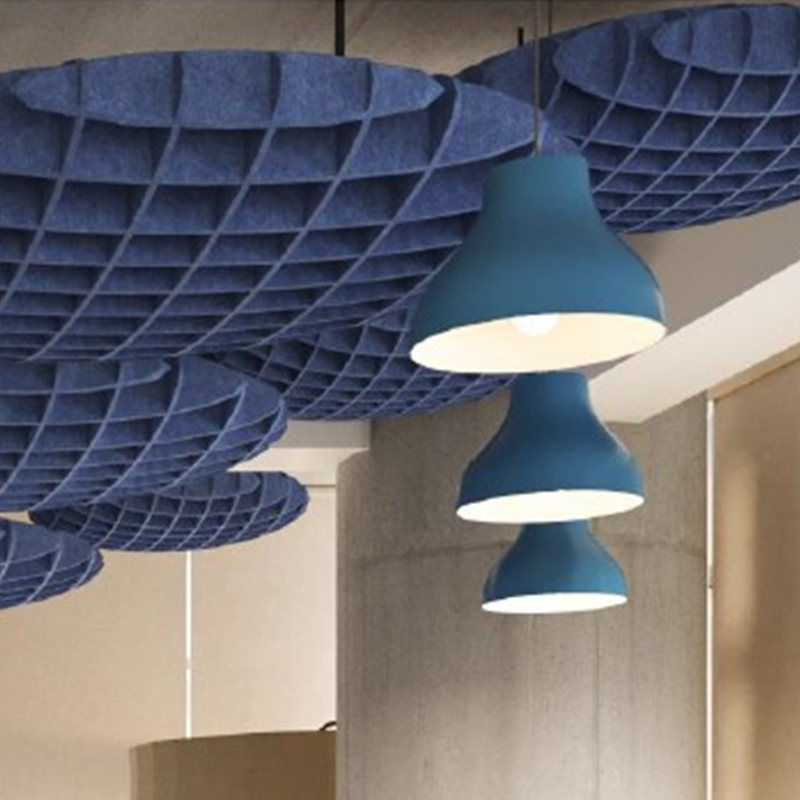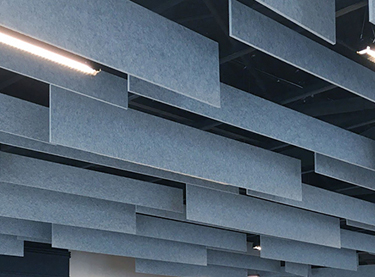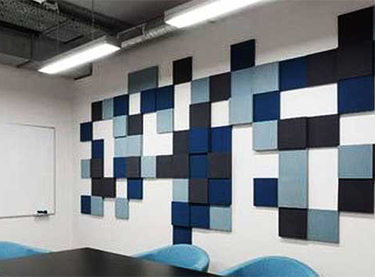What is the difference between acoustic panels and soundproofing?
2024-03-15
Acoustic panels are designed to improve the sound quality within a room by reducing echoes, reverberation, and unwanted noise reflections.
They are typically made of sound-absorbing materials such as foam, fabric-wrapped fiberglass, perforated wood, or other porous materials.
Acoustic panels are often used in spaces like recording studios, theaters, conference rooms, and restaurants to enhance clarity of speech, music, or other audio content.
Soundproofing, on the other hand, is the process of reducing or blocking the transmission of sound from one space to another, or from outside to inside a room.
Soundproofing materials and techniques are used to create a barrier to prevent sound from traveling through walls, floors, ceilings, doors, or windows.
Common soundproofing materials include dense materials like heavy drywall, mass-loaded vinyl, resilient channels, acoustic caulking, and insulation.
Soundproofing is often applied in residential settings (e.g., to reduce noise from neighbors or traffic), commercial buildings (e.g., to isolate noisy machinery), or in construction projects where maintaining privacy or preventing noise pollution is important.
In summary, while acoustic panels are focused on improving the sound quality within a space by absorbing sound reflections, soundproofing is aimed at blocking or reducing the transmission of sound between spaces or from outside sources. Both are important aspects of sound management in different contexts.

























































